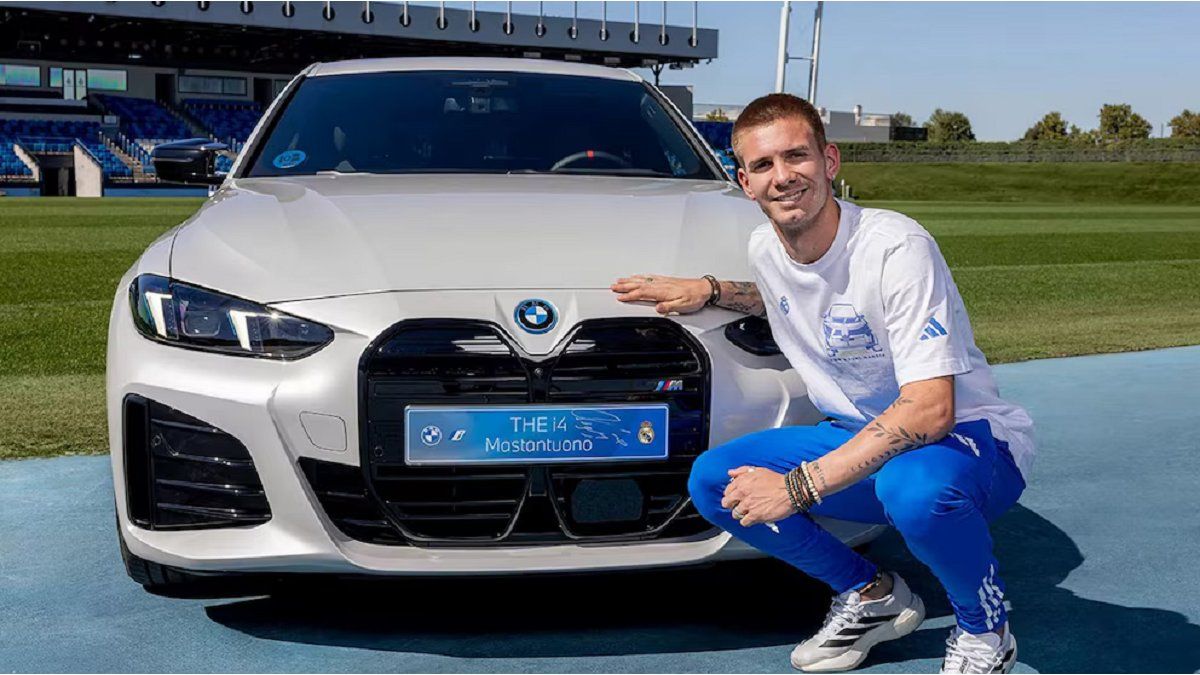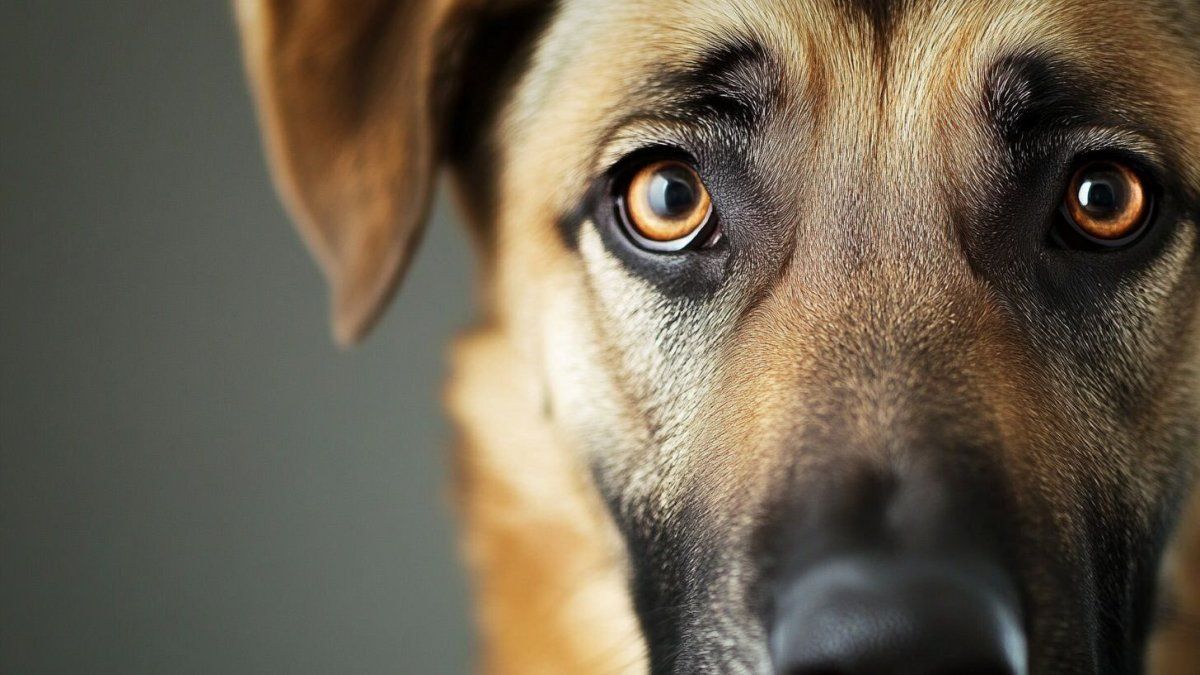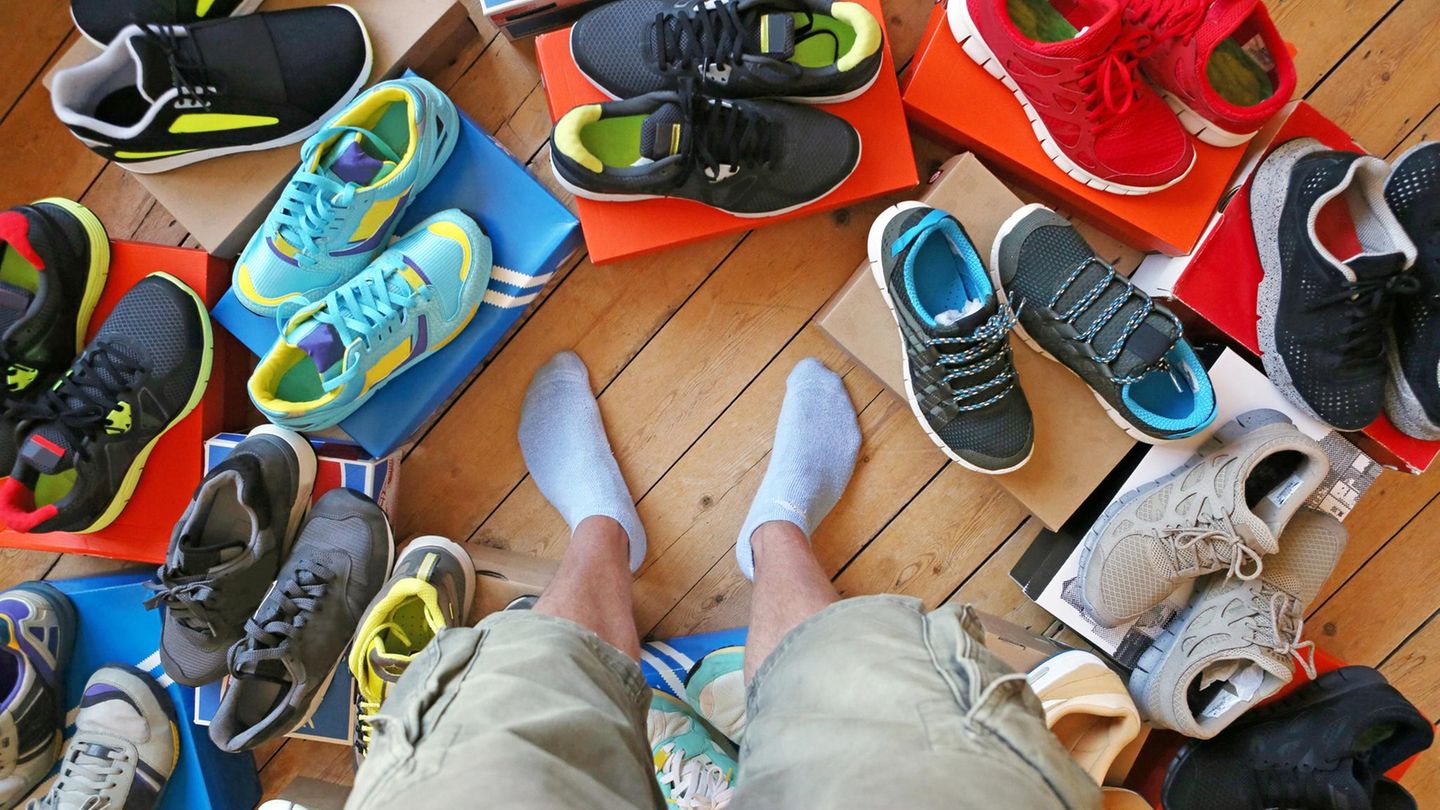I am Pierce Boyd, a driven and ambitious professional working in the news industry. I have been writing for 24 Hours Worlds for over five years, specializing in sports section coverage. During my tenure at the publication, I have built an impressive portfolio of articles that has earned me a reputation as an experienced journalist and content creator.
Menu
The best barefoot shoes for sports and training: the star guide
Categories
Most Read
Racing receives Aldosivi tonight, thinking about the Cup: schedule, TV and formations
October 17, 2025
No Comments
Scandal with Martín Demichelis: he was reported for an alleged scam
October 17, 2025
No Comments
After the meeting in AFA, how would the First Division Tournaments be played in 2026?
October 17, 2025
No Comments
The astronomical offer that Mauro Icardi received from Saudi Arabia and could change his future
October 17, 2025
No Comments
The new helmet that Franco Colapinto will wear in tribute to the “Argentine Mission”
October 17, 2025
No Comments
Latest Posts

Why the dollar is rising despite the intervention of the US Treasury
October 17, 2025
No Comments
October 17, 2025 – 1:57 p.m. Argentina faces an unprecedented scenario with US intervention in its foreign exchange market, but demand pressure threatens to derail

The millionaire car that Real Madrid gave to Franco Mastantuono
October 17, 2025
No Comments
October 17, 2025 – 1:40 p.m. The German automaker that supplies the Spanish club delivered an exclusive fleet of vehicles for the team led by

Dogs have the capacity to generate addictions: the finding that surprised veterinarians
October 17, 2025
No Comments
October 17, 2025 – 1:30 p.m. Canine animals could have typical symptoms of obsessive behaviors such as a person may present. A study carried out
24 Hours Worlds is a comprehensive source of instant world current affairs, offering up-to-the-minute coverage of breaking news and events from around the globe. With a team of experienced journalists and experts on hand 24/7.

